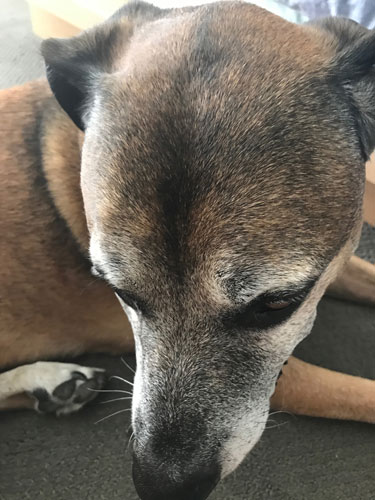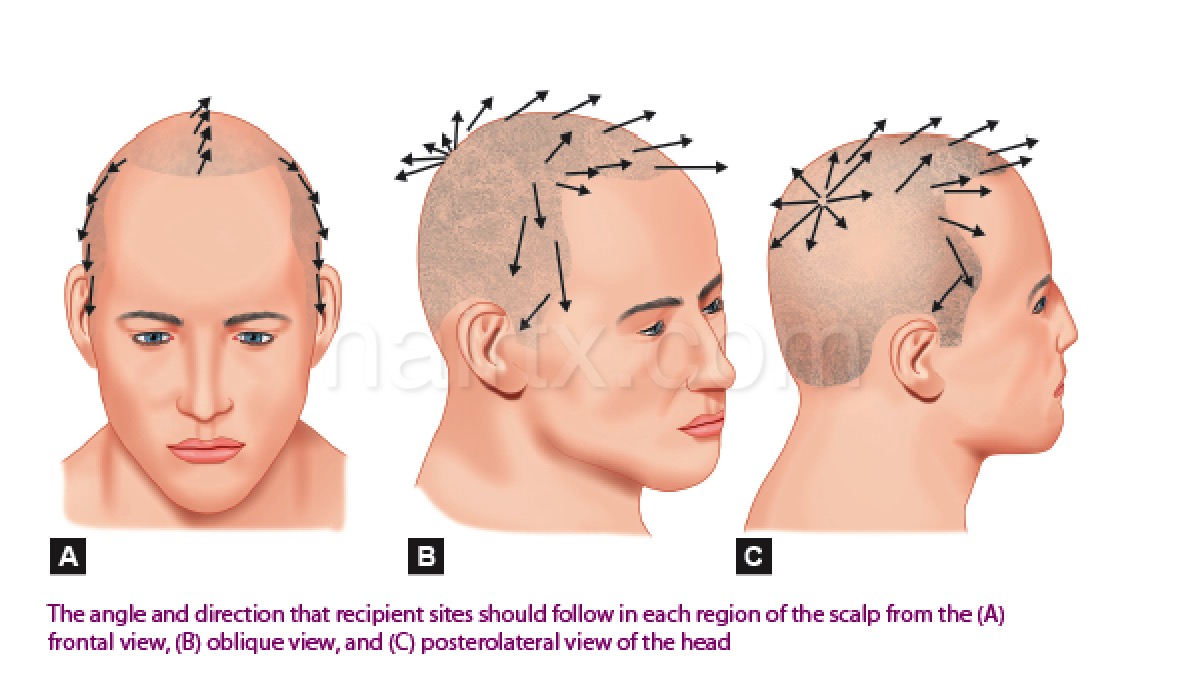How My Dog Kumo Confirmed My Thinking of How Hair Grows without Abrupt Angle Changes

One of my greatest passions in hair restoration is designing recipient sites. These sites dictate the pattern, direction, and density of transplanted and grafted hairs – something I feature throughout this website. At my annual hair transplant course that I direct and have done so now for 9 years, I always incorporate a lecture that I give on “How Hair Grows”.
One has to carefully study the head to determine how hairs change in angle and direction throughout the head. If the surgeon fails to create these subtle, shifting angle changes (Figure 1), the result can look unnatural, visually not dense, and be not combable.

Figure 1
When I was looking at my dog Kumo’s head, I saw the most remarkable example of this. It is best to see these angle changes on a man with short hair and who does not have any signs of balding. My dog has naturally short hair and, of course, is not balding. However, unlike on a human head, the angle changes on just his face alone were all over the place. Yet not in one area was there an abrupt angle change. There is only a gradual change to the angles of hairs on his face despite the many, many directions that these hairs take in a very small area.
The key for me as a surgeon who designs recipient sites is to mimic nature and to provide the most aesthetically pleasing results by replicating these subtle angle changes as they naturally appear on the scalp.




